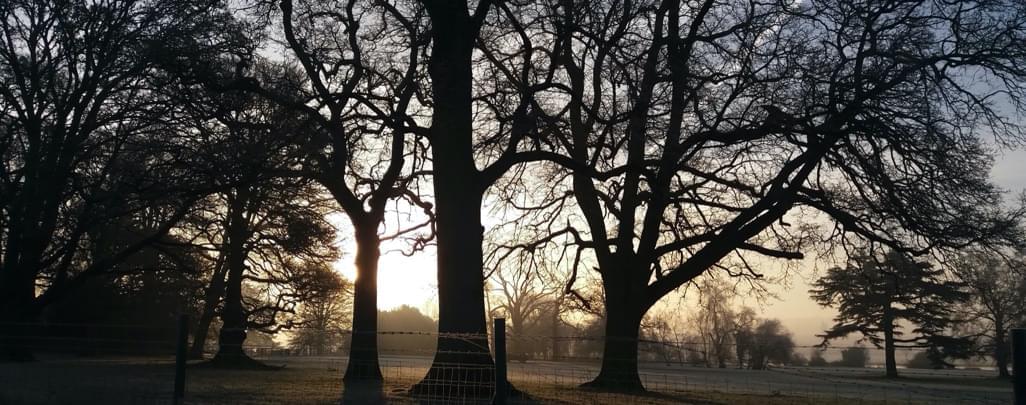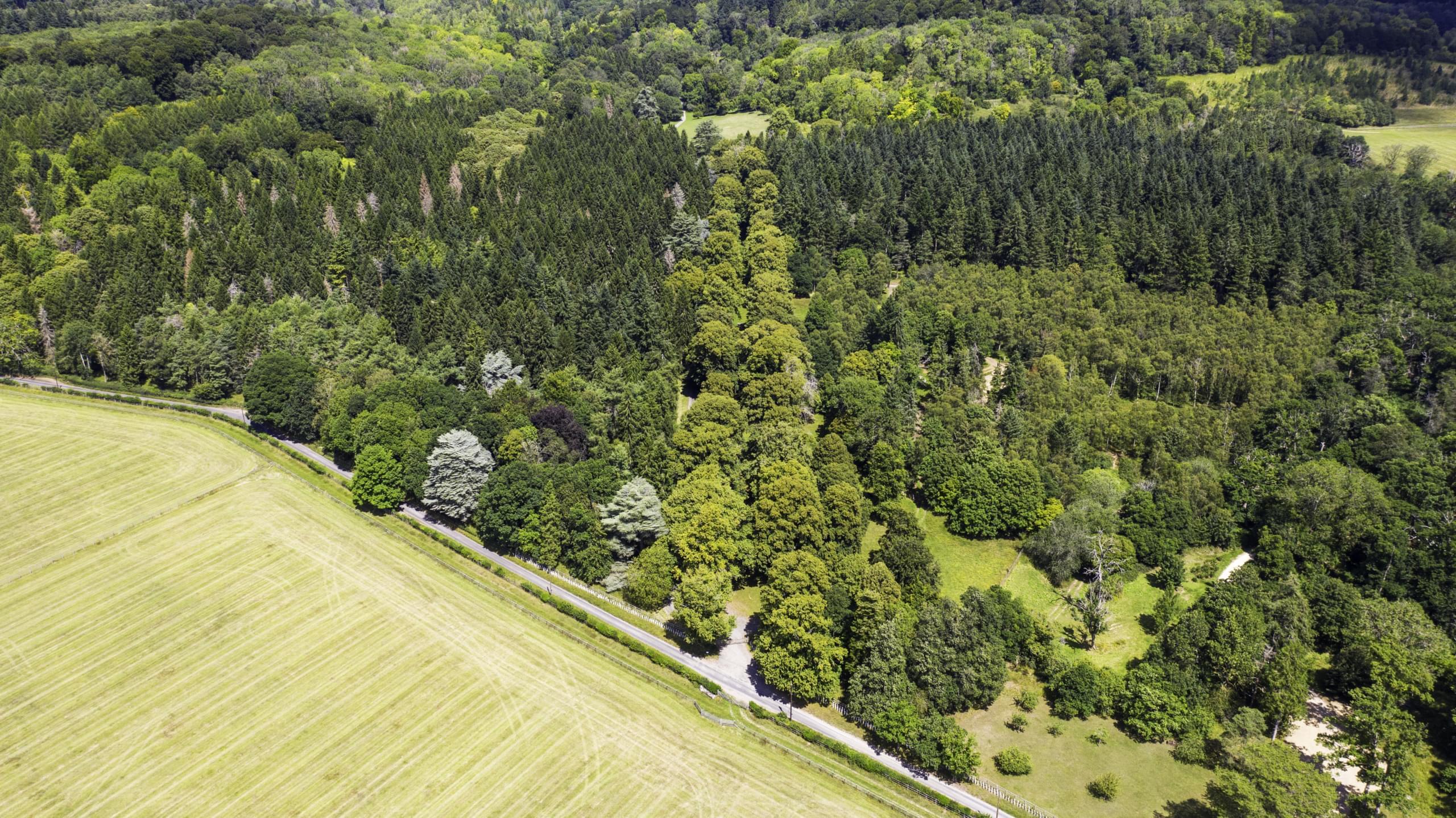With woods and trees of historical and silvicultural importance, our commitment to the upkeep of our forestry is second to none.
The management of over 1200 acres of forestry is something we take very seriously. We are engaged in a twenty year works programme in the woods, approved by the Forestry Commission and aimed at rejuvenating the woodlands to enhance their aesthetic appeal, support the shoot and increase their silvicultural value.
The woods are broadly managed on a principle of maintaining continuous canopy cover, by limiting felling to regeneration thinning and small felling coupes that can be replanted to grow on for the future.
Individual stands of trees are managed on a rolling programme of thinning and maintenance, ensuring the best trees have space to develop and allowing light through the canopy so the understory can develop. This creates diversity in the structure and improves their value for biodiversity.

The majority of the woods are designated as ancient woodland and are rightly managed to protect and enhance any native features. Surveys carried out in 2009 by Chilterns Archaeology proved that there’s history in these woods, highlighting features like old hollow ways and wood banks that demarked ownership.
Over recent years the Estate has planted over 70 acres of brand new woodland, along with extensive parkland tree planting at Culham, Henley park and most recently Greenlands. Coupled with replanting within the existing woodlands and new hedges this has resulted in 100,000 trees planted since 2009. Replanting within the ancient woodlands aims to respect their environmental value and character. Planting mixtures include Beech that is so synonymous with Chilterns woodland but also Oak, Cherry, Hornbeam, Lime, Wild service and a whole variety of native woodland species.

Recent works have included:
Restructuring of over-mature Beech to encourage understory growth and allow replanting of a new generation of trees. This included felling of some quality sawlogs which will go for planking and the creation of quality furniture.
Restoration of the historic Wellingtonia avenue in Ridge Wood, by clearing back invading vegetation and debris to open up the views plus replanting of new trees in gaps to ensure this feature retains its special character.
Selective thinning of Ash trees under threat from Chalara dieback. This disease is known in the local area but not currently present on the Estate. Opening up the canopy through thinning is proven to help increase tree vigour and reduce the impact of fungal pathogens like Chalara.



